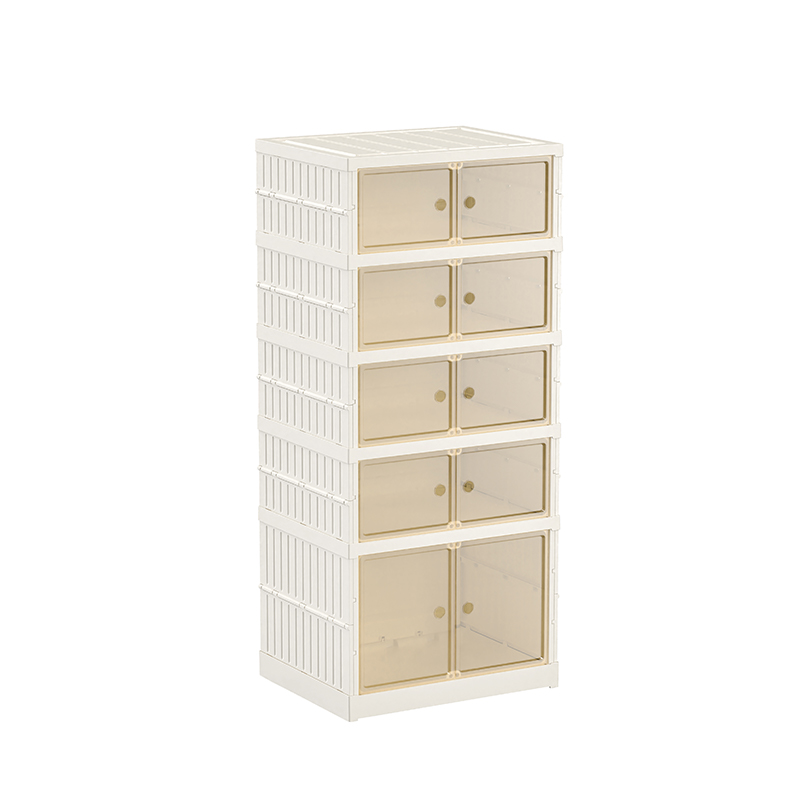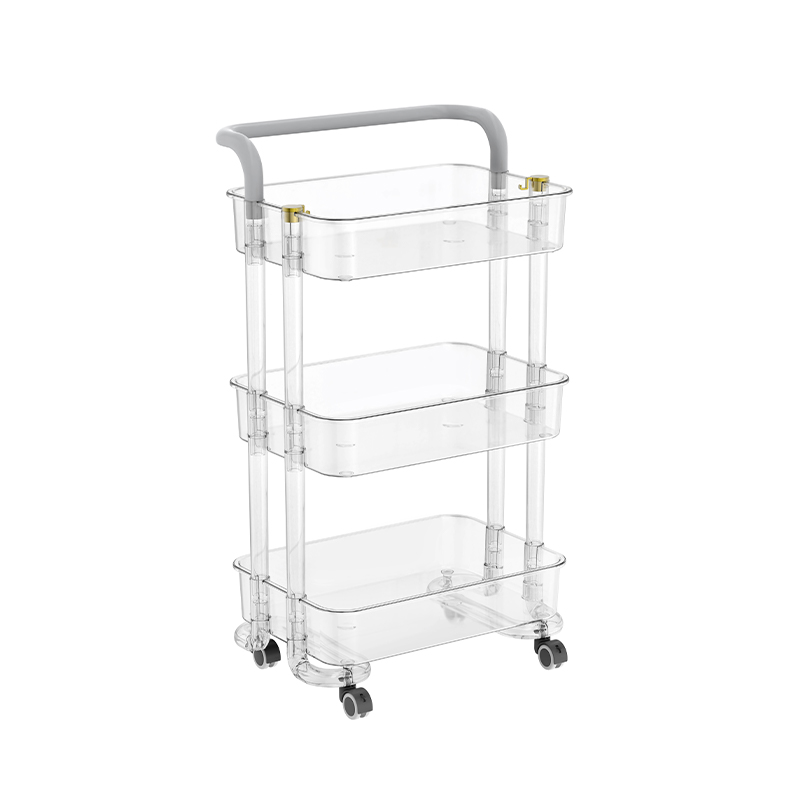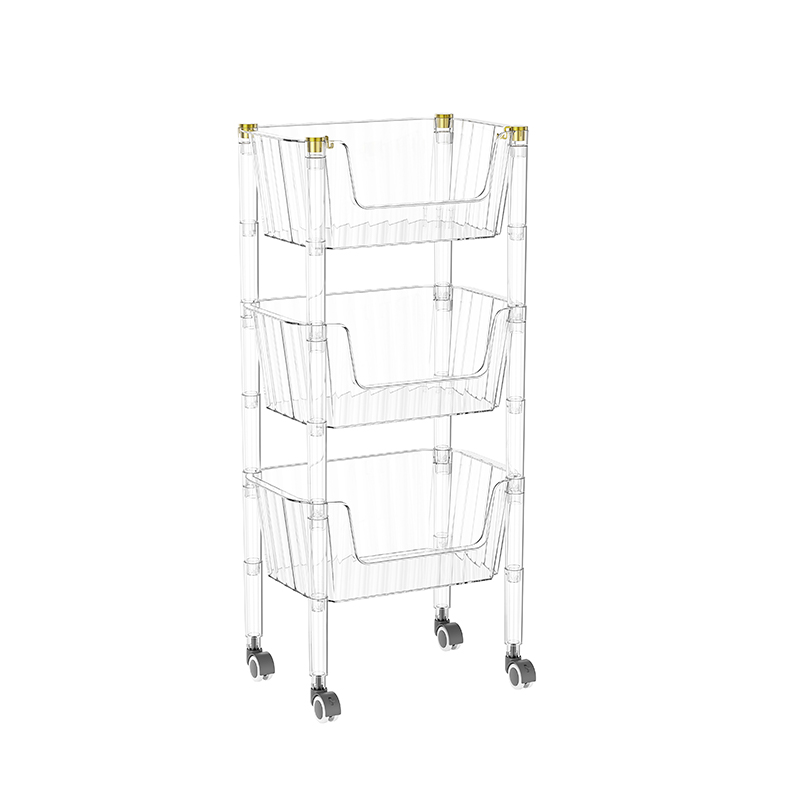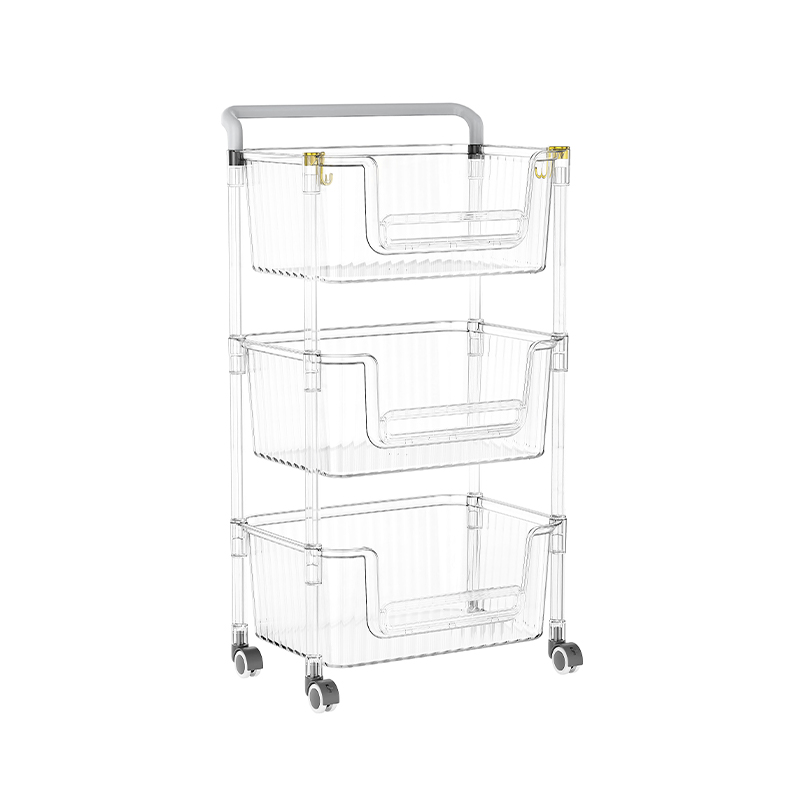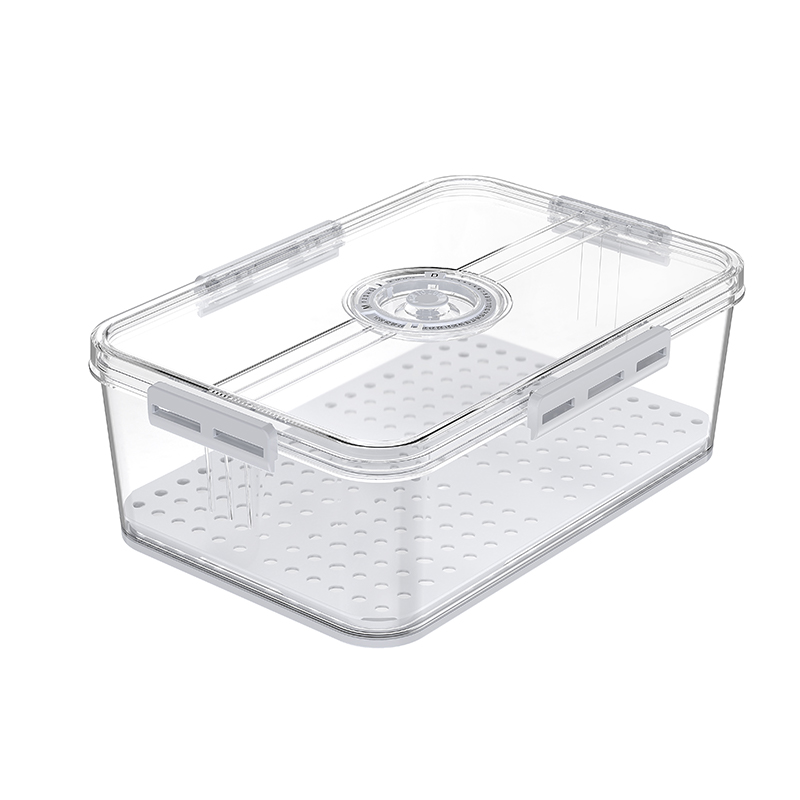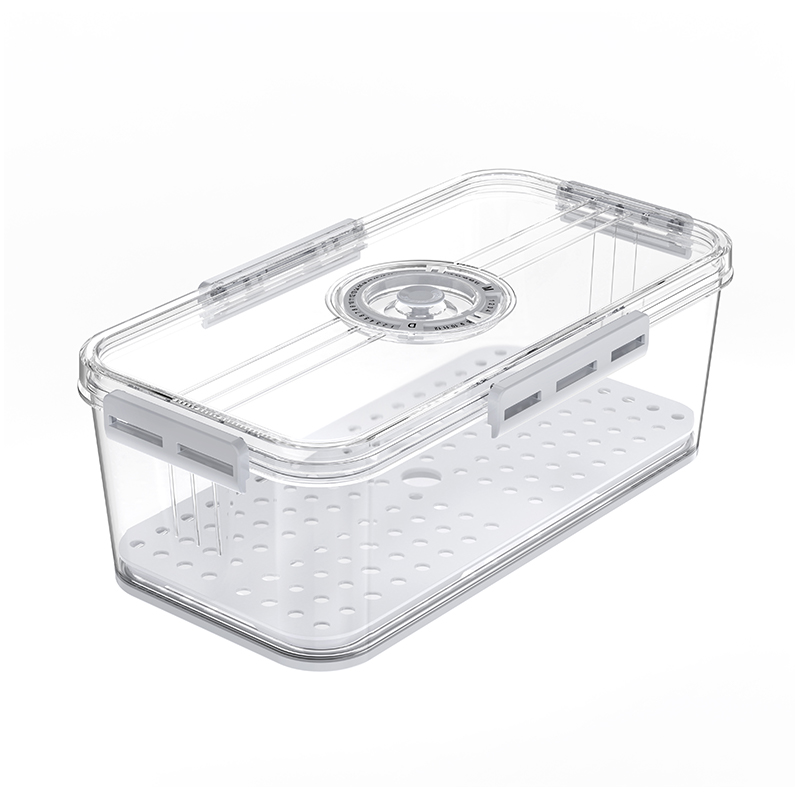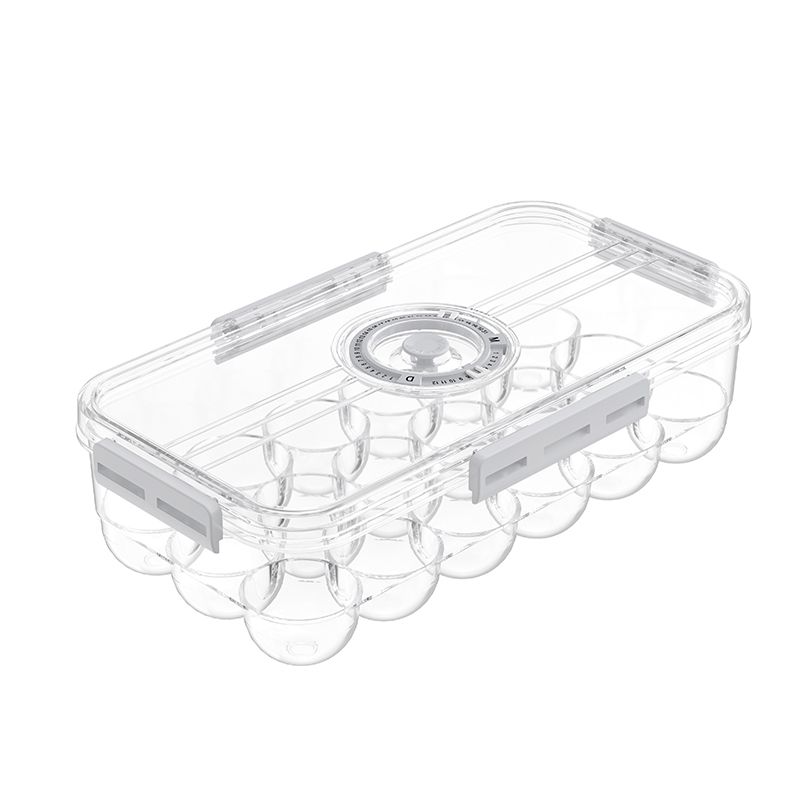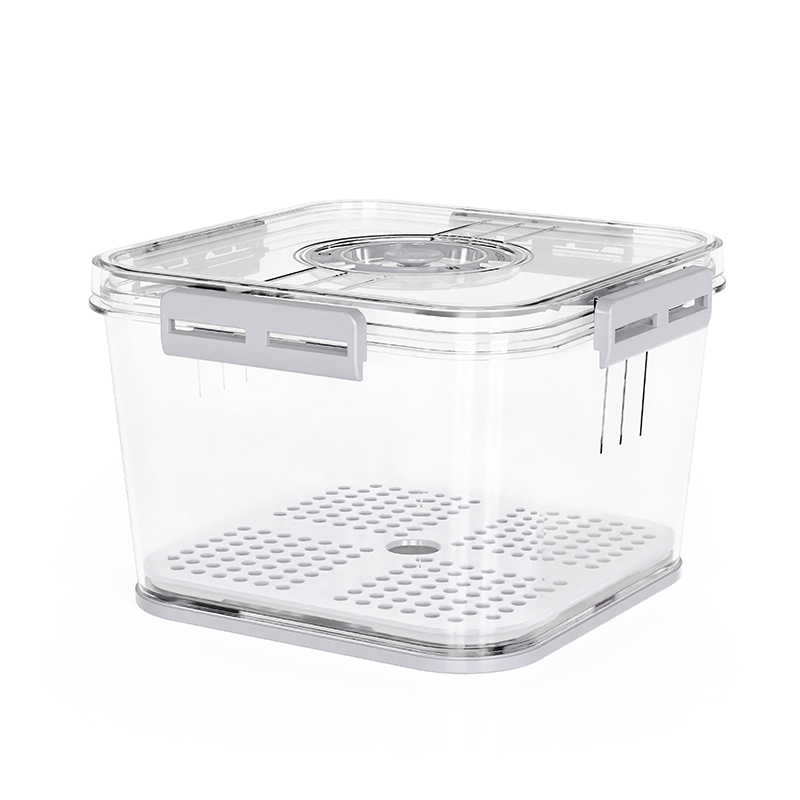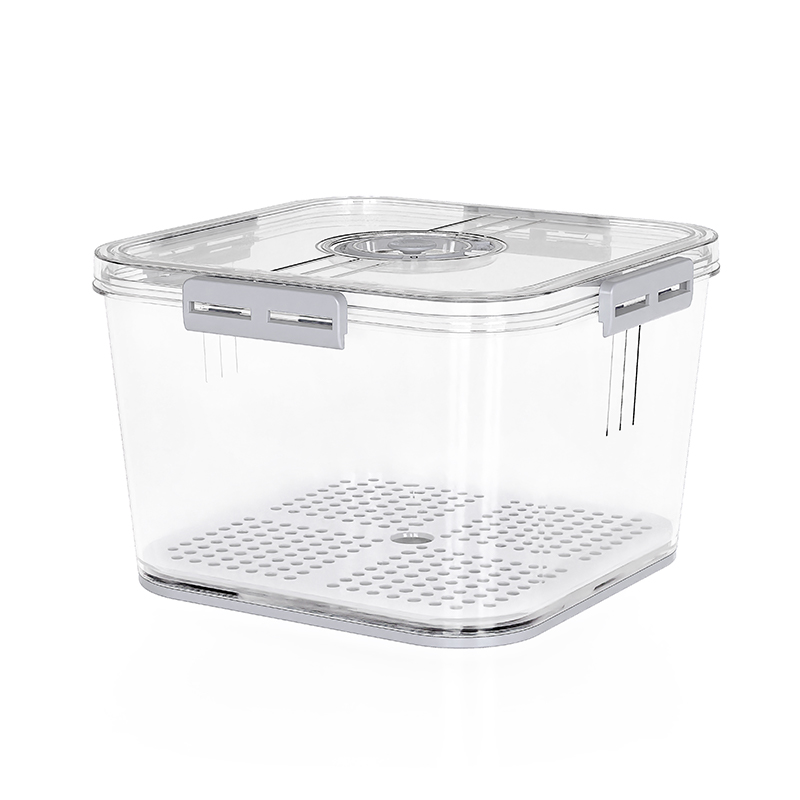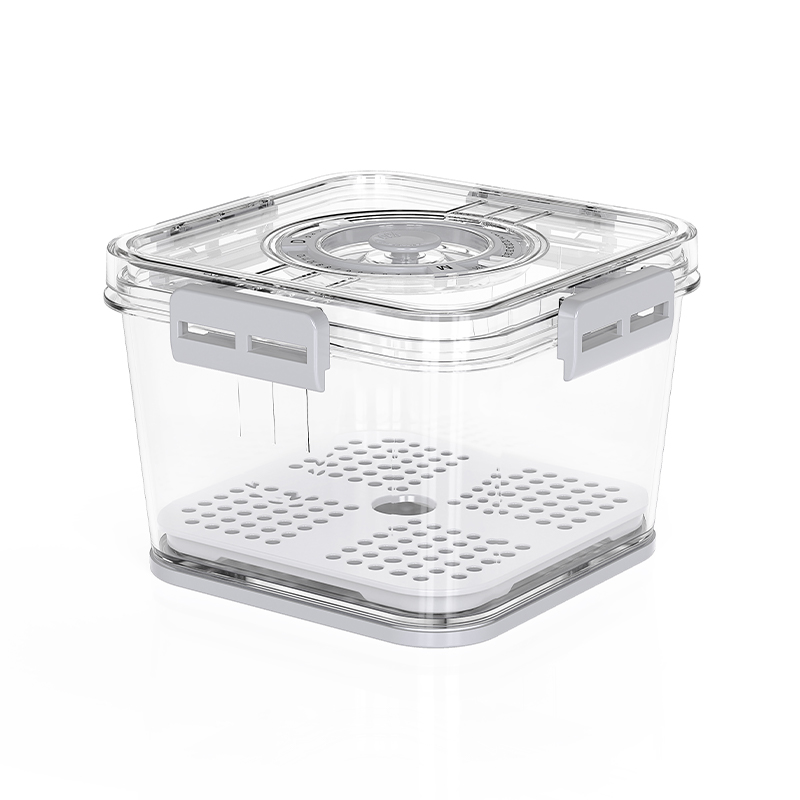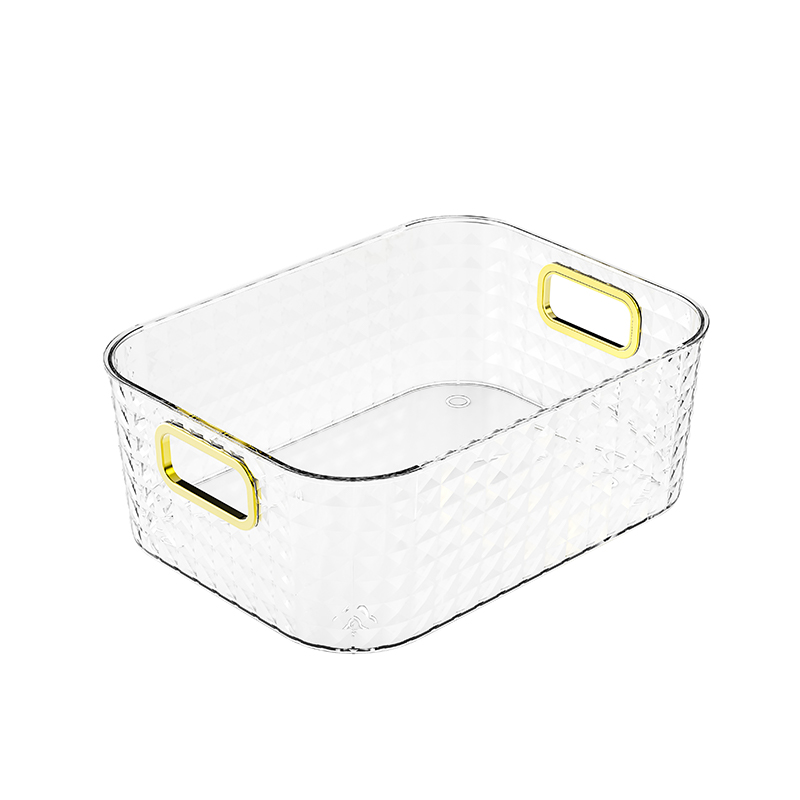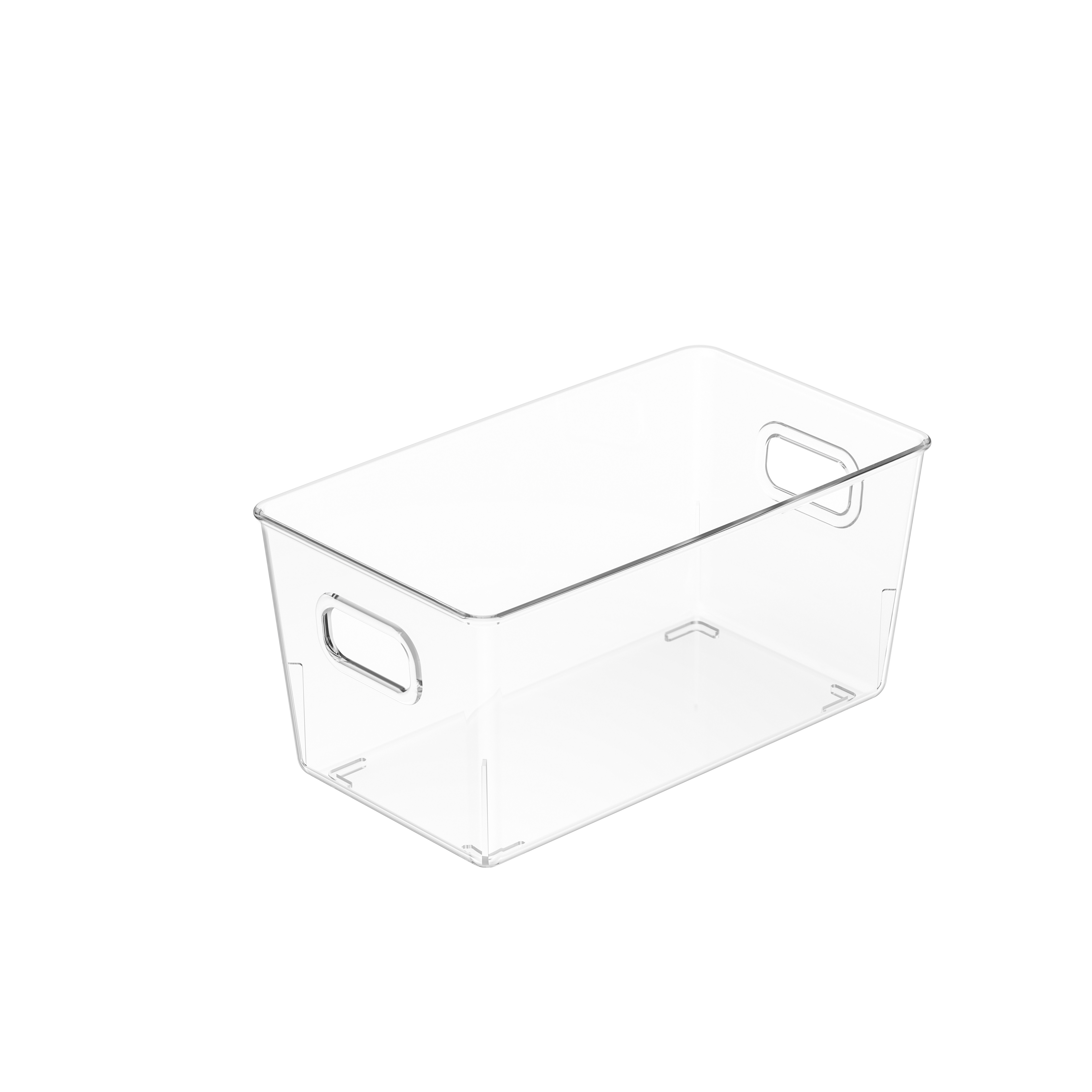In the process of daily storage and organization, transparent simple stackable storage boxes are a common household and office supplies with a high frequency of use and their functionality has also attracted much attention. Especially in the actual application of multi-layer stacking and high-frequency use, whether the storage box has the ability to resist pressure and cracking is directly related to its service life and the safety of the items. In view of this, many manufacturers have given full consideration to the design and material selection stages to improve the overall performance of the storage box in different usage scenarios.
Transparent simple stackable storage boxes are usually made of polymer plastic materials, such as polypropylene or polycarbonate, which have certain toughness and strength. In terms of thickness control and molding process, the structural stability of the box can be effectively enhanced through reasonable wall thickness design and uniform injection molding process. When the box itself is subjected to external pressure, its various surfaces should be able to deform in coordination without cracking, thereby reducing the concentration of impact force. Especially in the use scenario of vertically stacked multi-layer storage boxes, this structural stability is more important. It is not only related to whether the stacking is stable, but also affects the safety of the items carried.
The realization of anti-cracking performance is also inseparable from the optimization design of detailed structures. For example, the edges of storage boxes are often thickened or have an arc transition structure to reduce the risk of cracks during transportation or impact. The bottom is often equipped with reinforcing ribs or anti-slip feet, which not only play a supporting role, but also help to disperse the pressure when stacking in multiple layers to avoid damage to the bottom due to concentrated load. This multi-angle protection design improves the adaptability of the entire box to external impact and long-term ballast.
Transparent storage boxes must not only ensure visibility, but also take into account anti-aging properties. Some products will add stabilizers or anti-UV additives to the raw materials to reduce the embrittlement caused by long-term exposure to sunlight. This treatment not only helps to delay material fatigue, but also improves overall durability. Since transparent plastics are more susceptible to environmental factors than opaque materials, when ensuring their crack resistance, the anti-aging requirements of the material itself are also higher.
In actual use, users often place storage boxes in different environments, such as on the ground, on the top of the cabinet, in the carriage, and even on the shelves of warehouses. These different placement conditions also put forward requirements for the product's pressure resistance. A storage box with a reasonable structure and solid materials can adapt to these complex environments and maintain good condition when frequently moved or stacked under high loads. This not only improves the convenience of use, but also reduces the cost of scattered items or repeated purchases due to damage.
The compression and crack resistance of the transparent simple stackable storage box is achieved through the joint action of material selection, process control and structural design. Through a full understanding of the usage scenarios and continuous optimization of technical details, the product not only meets the basic storage needs, but also demonstrates stable and reliable performance in actual use. For users, this comprehensive performance improvement means less maintenance, higher efficiency and wider applicability.
Home / News / Industry News / Are the Transparent Simple Stackable Storage Boxes resistant to compression and cracking?

